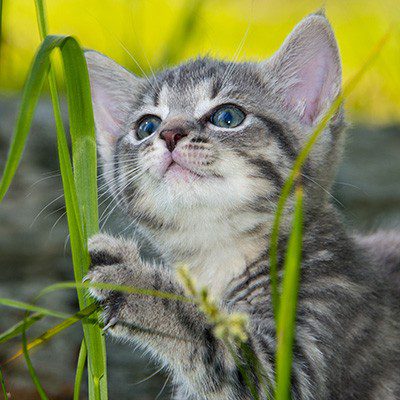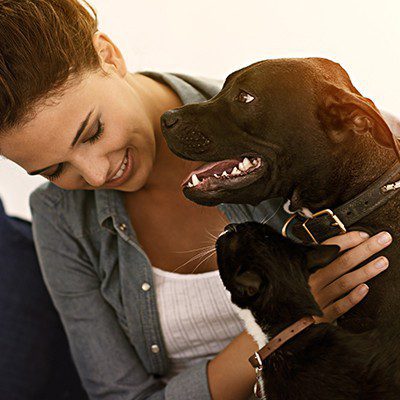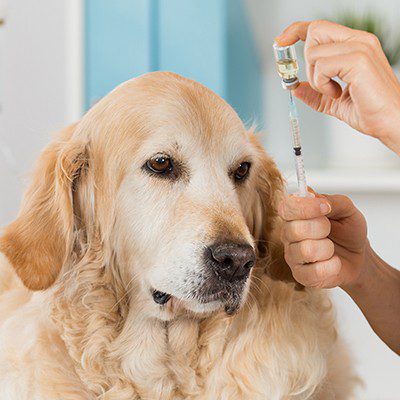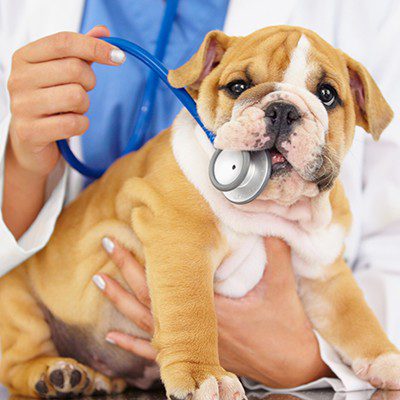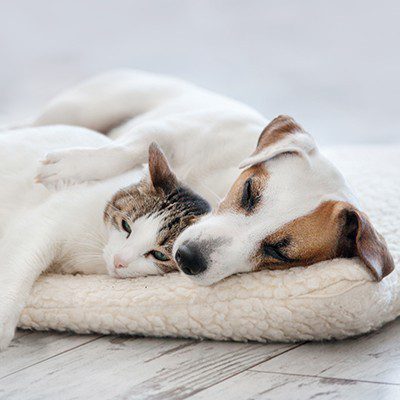If you own a cat, proper parasite control is important not only for your feline friend’s health, but for your family’s—some of these pests can be transmitted from cats to humans! External parasites live on your cat’s body and feed off of blood or tissue. Below, learn more about external pests and how to keep your cat safe from harm.
Fleas
Fleas are tiny brown-colored parasites that cause skin irritation, allergies, and even more serious problems like anemia in severe cases. To make matters worse, fleas can jump several feet, possibly jumping off of your cat and infesting surfaces, items, and other pets or family members in your home.
If you’ve noticed your cat scratching themselves more than usual, or if there are visible black particles underneath your pet’s fur (these are flea droppings!), make an appointment at the vet’s office. A flea treatment will be prescribed—shampoos, liquids or gels applied to the skin and fur, a flea collar, oral tablets, and other products are available—and your cat will be put on a flea preventative after the infestation is over.
Ticks
Ticks latch on to your cat’s skin and draw out blood, growing larger the longer they remain. They can transmit many dangerous diseases, including Lyme disease, Ehrlichiosis, and Rocky Mountain spotted fever. Ticks can also be brought indoors on your cat and then infest other pets or human family members. Luckily, they’re easily prevented with simple precautions; keep your cat on a high-quality flea-and-tick preventative, and check your cat’s body regularly for ticks if they venture outdoors.
Lice
Lice are another type of external parasite that can hurt your cat, although it’s a far less common problem than flea or tick infestations. These tiny parasites, like fleas, cause skin irritation and can even lead to cases of anemia without treatment. Eradication involves applying shampoos or other topical products that kill off both lice and lice eggs on your cat’s body.
Mites
There are various types of mites, including some that live normally on your cat’s skin and don’t cause any problems. When an infestation occurs, your cat will suffer from irritated skin and possible hair loss. Medications to eradicate mites will need to be given for several weeks if your cat is found to be suffering from an infestation.
To learn more about keeping your cat—and family—safe from parasites, call your vet’s office today!

